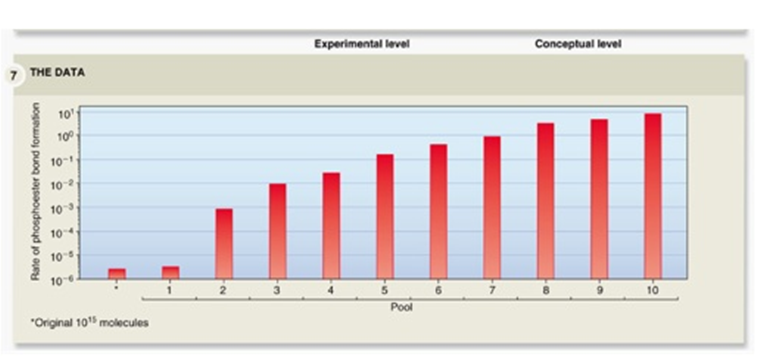The duodenum is part of the
A. stomach.
B. pancreas.
C. small intestine.
D. large intestine.
C. small intestine.
You might also like to view...
Which of the experiments below would provide the best data set with which to test the hypothesis that female chimpanzees have a greater influence on the vertical transmission of culture than males?
A. Measure the amount of time that young chimps spend with each of their parents, and measure the rate at which they acquire cultural traits. B. Measure the amount of time young chimps spend with their mother only, and measure the rate at which they acquire cultural traits. C. Measure the amount of time young chimps spend with their father only, and measure the rate at which they acquire cultural traits. D. Train a wild chimp to use a new food source, and document how quickly this knowledge spreads to the rest of the population. E. Introduce a new food source to a population and see which chimps learn how to use it first.
Was their hypothesis supported by this experiment and why?
Bartel and Szostak hypothesized that among a large pool of RNA molecules, some of them may contain the enzymatic ability to catalyze a covalent bond between nucleotides; these can be selected for in the laboratory. The chart above shows the results from their experiment. The x-axis shows the original pool and 10 pools that were derived from their tagging of RNA with specific enzymatic functions; the y-axis shows the rate of phosphoester (covalent) bond formation.

A. Yes, because pools 1 to 10 show a continual increase in covalent bond formation.
B. Yes, there is a definite increase from the original pool to the second pool, but not from pool 8-10.
C. No, because there is only a slight increase from the original pool to the first experimental pool.
D. No, because this figure does not give sufficient data to make that assumption.
Select all of the ways by which muscles help maintain body temperature.
Monocots such as palms and bamboo achieve considerable increase in girth by:
a. a modified form of secondary growth in which parenchyma cells divide and enlarge. b. primary growth. c. a modified form of primary growth in which parenchyma cells divide and enlarge. d. enlargement of primary xylem. e. enlargement of primary phloem.